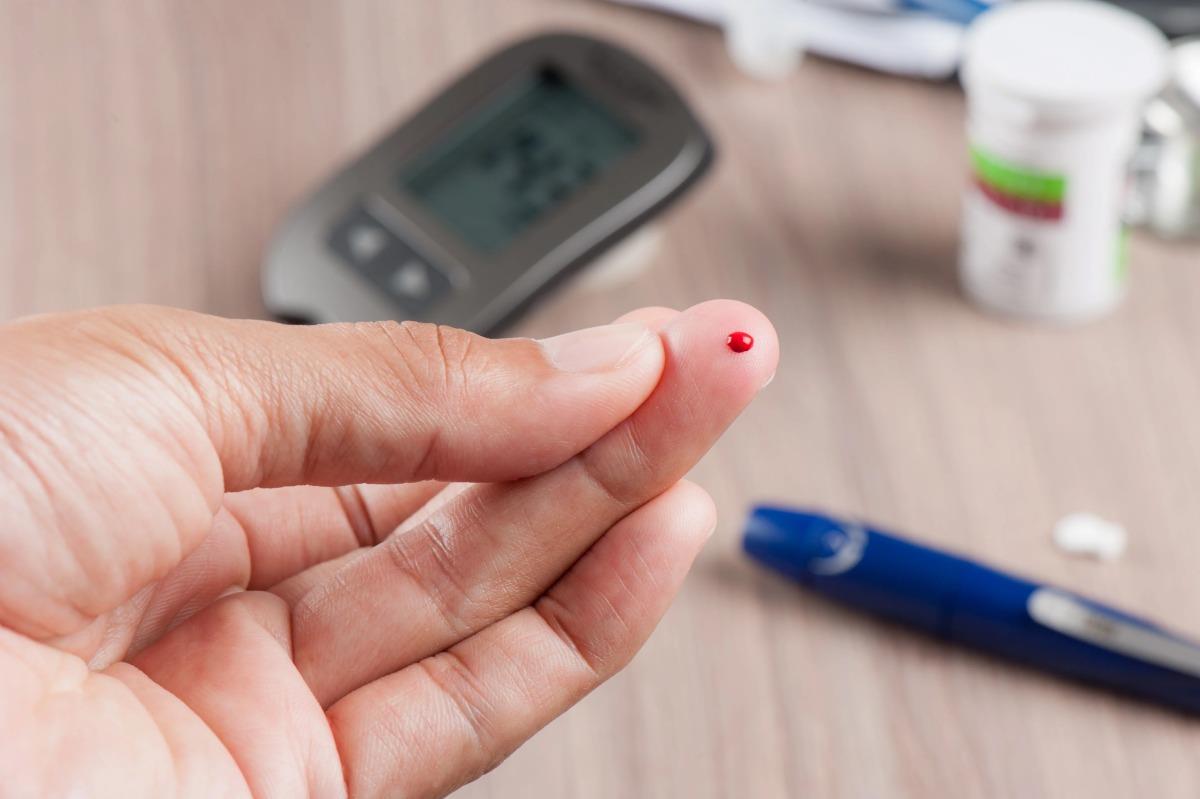
New Tool Shows Promise In Tackling Type 2 Diabetes
Doha, Qatar: A recent study has indicated that a new early assessment tool could potentially play a significant role in controlling the prevalence of type 2 diabetes in Qatar and beyond.
It demonstrates that the Pre-diabetes Risk Score in Qatar (PRISQ), developed using clinical data from Qatar Biobank and relying solely on non-invasive parameters, accurately diagnoses pre-diabetes in over 90% of individuals in a real clinical setting.
The study“Real-world clinical validation of the Qatar pre-diabetes risk score: a cross-sectional study,” published in the BMJ Public Health journal, has highlighted that“PRISQ stands as a powerful solution, providing a rapid and cost-effective pre-diabetes diagnosis through exclusively non-invasive parameters.”
Pre-diabetes is a condition where blood sugar levels are higher than normal but not yet high enough to be classified as type 2 diabetes. It serves as a significant independent risk factor because individuals with pre-diabetes are at a heightened risk of developing type 2 diabetes compared to those with normal blood sugar levels. Managing pre-diabetes through lifestyle changes such as diet and exercise can often prevent or delay the progression to type 2 diabetes, highlighting its importance as a target for early intervention strategies.
Based on available data, 25% of adults in the country have pre-diabetes, and approximately 42% of pregnant women experience gestational diabetes. Obesity is a significant risk factor for gestational diabetes and pregnancy complications. Additionally, around 3% of adults in Qatar have undiagnosed diabetes without awareness of their condition.
Due to the high prevalence of pre-diabetes in Qatar, researchers developed the Pre-diabetes Risk Score (PRISQ) using data from 6000 Qatari individuals from Qatar Biobank. PRISQ relies on non-invasive factors like age, gender, body mass index (BMI), waist circumference (WC), and blood pressure to calculate a risk score for pre-diabetes. PRISQ performs at 80% accuracy with 86% sensitivity.
To clinically validate PRISQ for potential use in primary healthcare settings, Narjiss Sallahi, Abduljaleel Abdullatif Zainel and Mohamed Ahmed Syed at Primary Health Care Corporation (PHCC); and Abdelilah Arredouani at Qatar Biomedical and Research Institute conducted a study to ensure its reliability, robustness, and accuracy in real-world medical contexts.
A total of 1021 walk-in participants from three health centers of PHCC were recruited for the study. A hemoglobin A1c (HbA1c) test was conducted among them to confirm pre-diabetes.
Also, their gender, weight, waist circumference, systolic and diastolic blood pressure, nationality, smoking state and family history of diabetes were recorded in order to calculate the PRISQ.
Among the study participants, 797 have agreed to the HbA1c test, and 21.9% of them had pre-diabetes, while 3.3% had undiagnosed diabetes. Using a PRISQ cut-off of 16, PRISQ sensitivity exceeded 90% in all subgroups of individuals aged 40 years and above, regardless of ethnicity. The study has not found any significant improvement in PRISQ sensitivity when we considered the family history of diabetes.
The study has concluded that“PRISQ stands as a powerful solution, providing a rapid and cost-effective pre-diabetes diagnosis through exclusively non-invasive parameters. Tailored for population screening in primary healthcare centres, its applicability transcends Qatar, holding the promise to globally address the type 2 diabetes crisis. The implementation of PRISQ in primary healthcare centres is not just beneficial; it is imperative for proactive healthcare, offering relief to healthcare systems grappling with the diabetes epidemic.”

Legal Disclaimer:
MENAFN provides the
information “as is” without warranty of any kind. We do not accept
any responsibility or liability for the accuracy, content, images,
videos, licenses, completeness, legality, or reliability of the information
contained in this article. If you have any complaints or copyright
issues related to this article, kindly contact the provider above.


















Comments
No comment